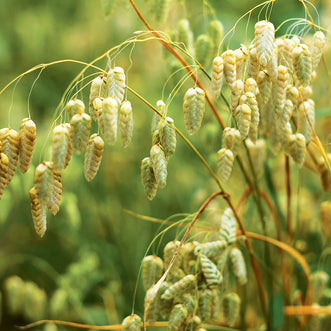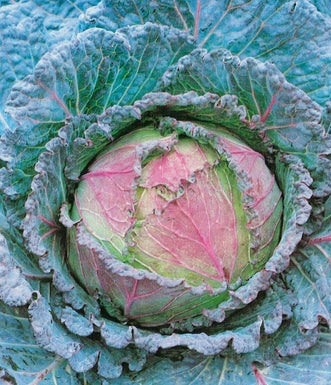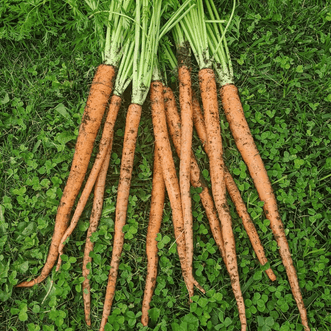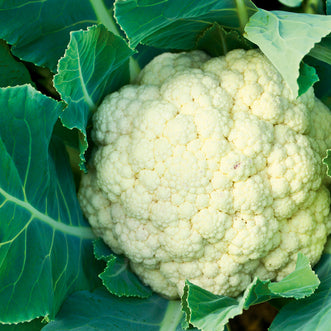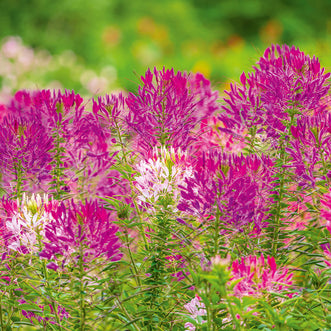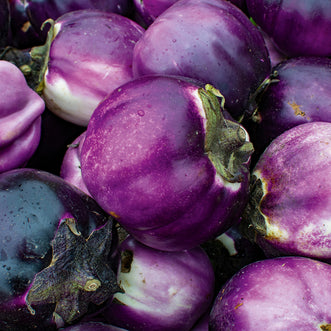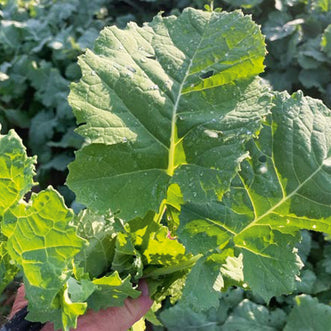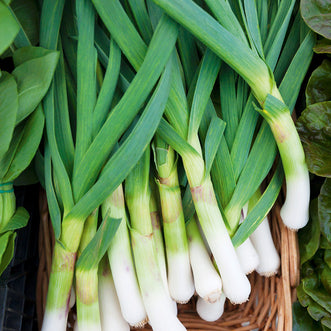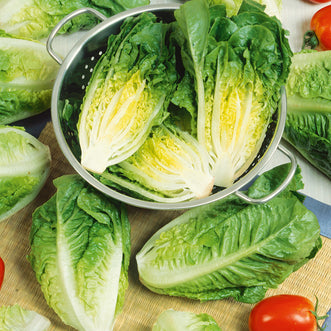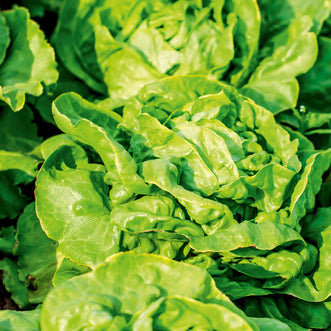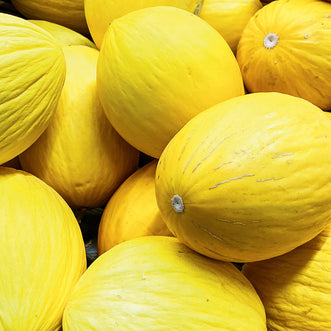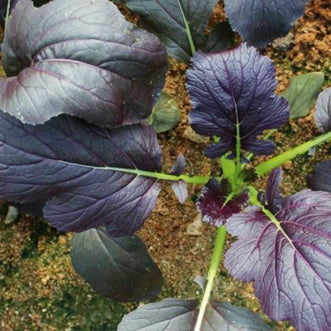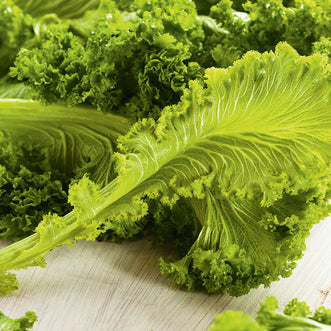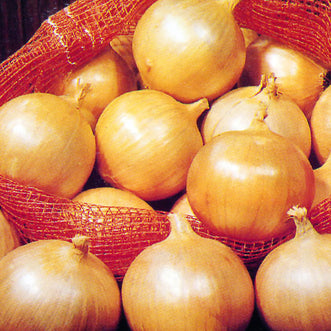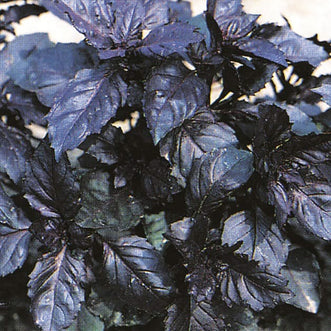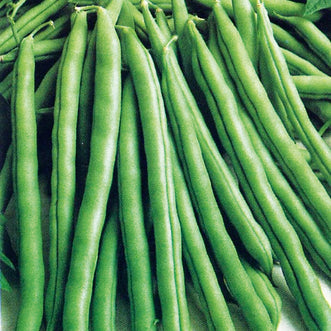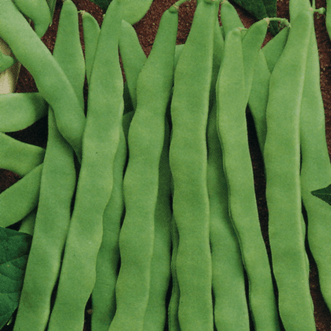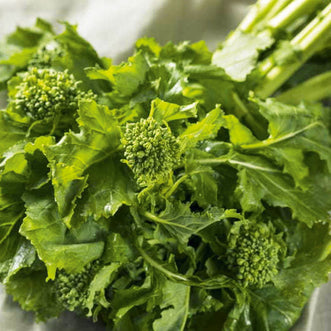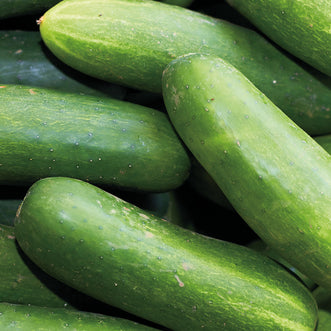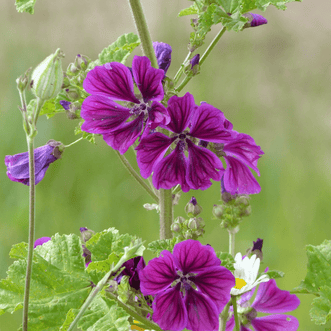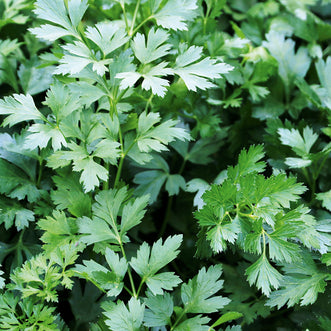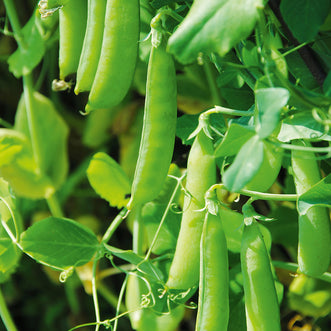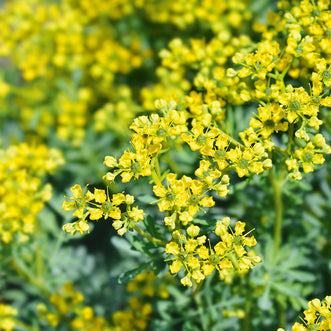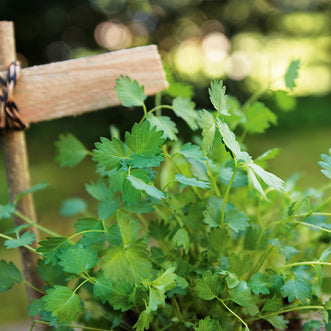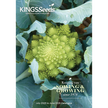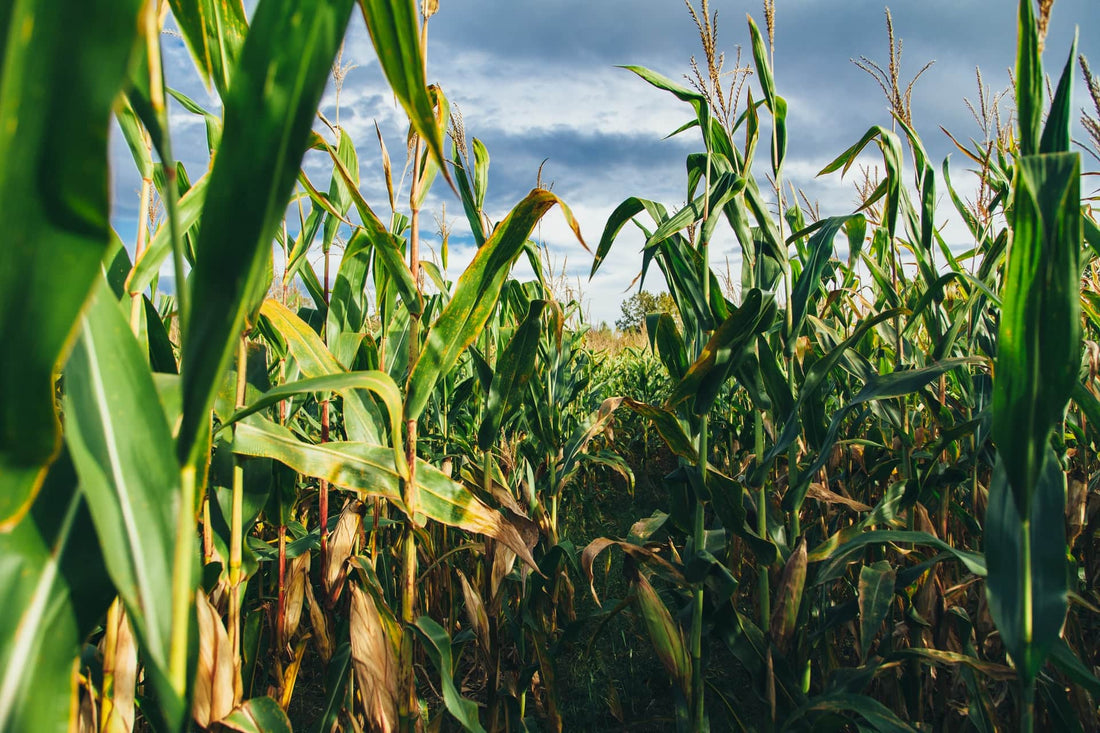
Growing Sweet Corn
CarolynThis year we are planning to make our little girl very happy. We are growing sweet corn. Last year we decided we didn't have room for corn and she was bitterly disappointed. Sweet corn on the cob is her favourite vegetable.
Last weekend, we planted out our corn seedlings. This year we started the corn in punnets. They have been sitting in the tunnel cloche for a couple of weeks. We are hoping that this will stop the birds uprooting them all. If they do, we have some spare seedlings to replace them.
The corn has gone into one of the circular beds in our front garden.

At the moment the corn is as high as an elephant's eye.....pity it's such a small elephant! We're looking forward to picking fresh cobs in about three months' time!
Maize (corn) originated in Central and South America. Evidence of cultivation dating back to 5500 BC has been found in Tehuacan, Mexico. By the sixteenth century, maize had been distributed beyond its native soil and had become a staple food in Asia, Africa and Europe. Today, maize is the third most important cereal crop on the planet. (Wheat, rice and maize make up 90% of the world's grain production and also provide 40% of the world's calories.). There are a number of different cultivars of Maize or Corn (Zea mays). Most maize consumed by humans is Sweet Corn ("corn on the cob").
Corn is dependent on human cultivation—all modern cultivars of corn have husks of long leaves that cover and protect the grains. This makes for convenient harvest, but the husks also prevent the plant from distributing its seed. A large amount of seed corn is grown in the USA. New Zealand has very stringent import conditions – all imported seed corn is batch tested to ensure it is GM free. It is also mandatory for all imported seed corn to be treated with fungicide and insecticide.
Gerard was able to obtain untreated seed corn this year, which has been grown in New Zealand. It's popular and not always easy to get – last year we ran out - so we were really pleased to get a good supply this year! Our untreated seeds are Corn Glass Gem (Grown by our staff), Corn Golden Sweet F1 and Corn Bicolour F1
Sowing and Growing:
Corn is usually grown direct, but can also be transplanted well. Corn likes soil temperatures of 16oC or more for treated seed, or 18oC for untreated seed. Corn won't germinate below 13oC. In coastal and northern areas of New Zealand, October is a good time to sow corn. If you live inland or in the South, you may want to wait until November, when the soil has warmed enough. Corn likes to grow in warm, rich, well-drained, friable loams. Sow your seeds about 1 inch deep and 30cm apart. Rows should be 1m apart, although sowing corn in blocks rather than long rows is best for pollination. If you sow your seeds too close together, you will get smaller cobs. Watch out for birds pulling out seedlings! Use a one in every three years rotation, and never grow your corn crop in the same place two years running.

Corn is wind pollinated. Pollen is produced by the male part of the plant (the flower head). The female part of the plant is the cob which forms from the silks. Each strand of silk equates to one kernel. All strands need to be pollinated to achieve a full cob of corn. You can improve pollination by “swishing” through a crop of corn to assist with this process. The neighbours will wonder what crazy corn dance you are doing! Cross pollination with dry corn types will make your corn kernels tough and starchy, so if dry corn (e.g. maize for animal feed) is growing nearby, make sure you grow your sweet corn crop at least 8m away. You could also prevent cross pollination by isolating the crops from each other in time and have a difference of ten days in sowing time so that the plants will flower at different times.
Once the first silks appear, keep your plants well watered so that you get the juiciest cobs. Corn cobs are ready for harvest 18-24 days after the silks show – the silks will begin to dry and brown towards the end of this period, indicating that the corn is ripening. Due to modern breeding, it is common to get one good cob per plant. A very cool thing about corn is that if it is knocked down by heavy winds (called lodging), you can easily just stand it back up and build up the soil around the plants. They will re-anchor.
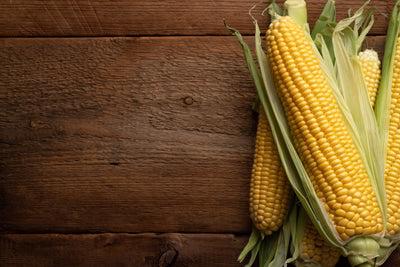
Corn is at its absolute best when picked and taken straight to the kitchen to be cooked straight away, while the cob is at its sweetest. The sugars in sweet corn begin to convert to starches as soon as the corn is picked. I doubt we will have any trouble eating our corn crop, but if you want to be able to hold your corn on the plants, you could choose to grow Corn Bicolour F1.
Maybe you can be persuaded to try new ways of cooking corn. We enjoy it so much served up with a knob of melting butter that we are slow to try cooking it other ways. However, it is a great addition to the summer barbecue. If you like spiced corn, here's a simple recipe you might enjoy, from The Family Kitchen:
Spicy Corn on the Cob with Lime Butter
4 ears sweet corn, shucked
3 tablespoons butter
zest of 1 lime
1/2 teaspoon red pepper flakes
1 lime, quartered
1/2 teaspoon salt, plus more for finishing
ground cayenne and pepper to taste
finely chopped parsley or coriander, optional
Boil corn in well-salted water for 6 – 7 minutes. Remove from the water and set aside.
Meanwhile, in a small saucepan over low heat, combine the butter, lime zest, salt, and red pepper flakes. If using pepper or cayenne, add that too. Once the butter has melted, stir, turn off the heat, and let the ingredients steep.
Drizzle the butter mixture over the corn, and finish with a squeeze of lime, a pinch of salt, and a sprinkle of parsley or coriander.

We hope you enjoy some lovely, home-grown sweet corn this summer. Keep your eyes out for the Kings Seeds newsletter next week – there's a bit of info there on how to plant a Three Sisters Garden.....it sounds very cool and is definitely something I'd like to try this year when our corn grows a little taller.....



